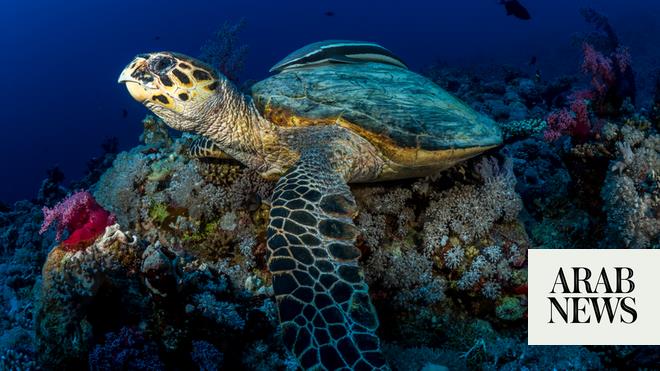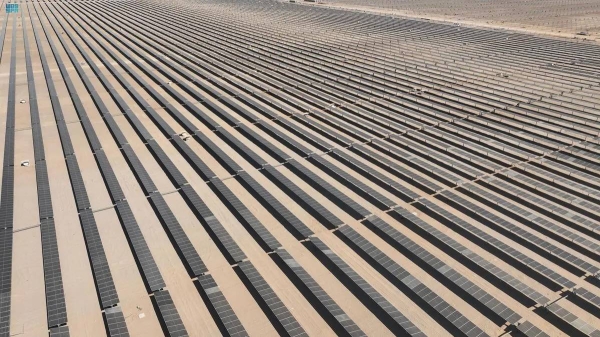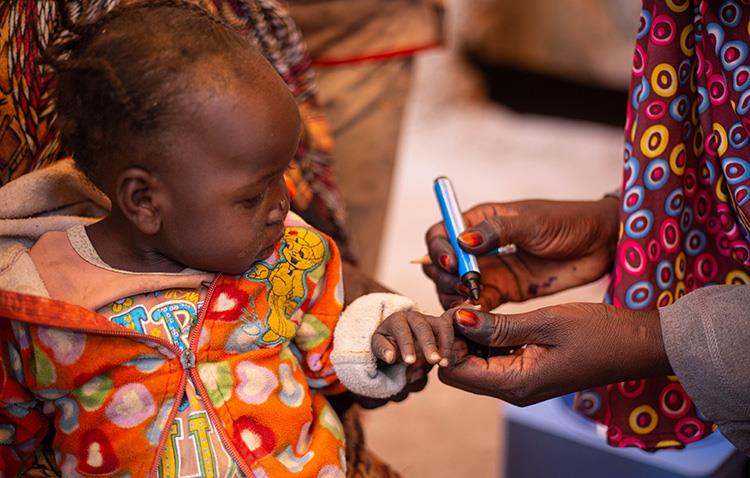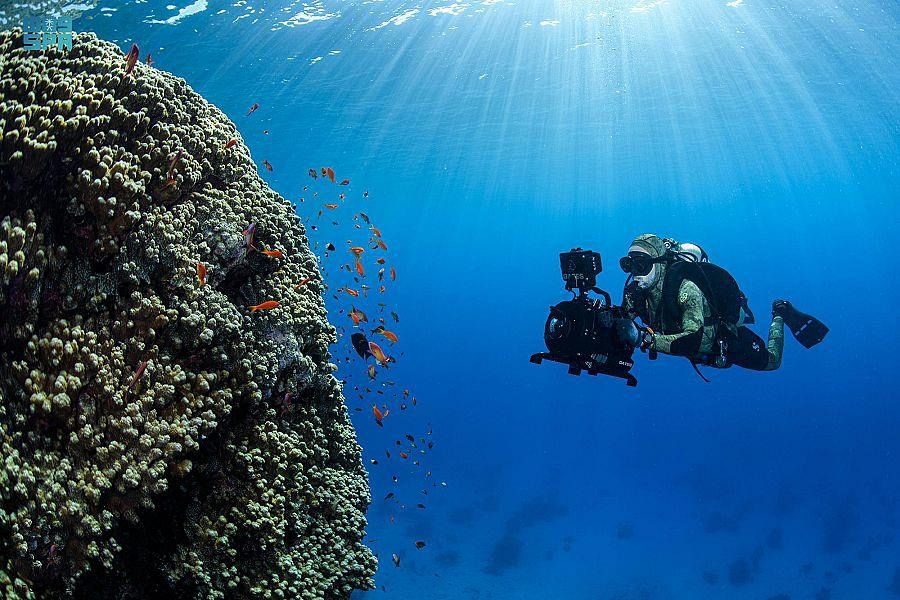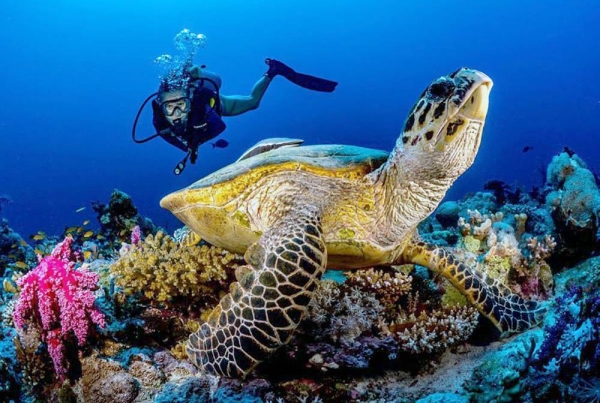
Red Sea Global, the developer behind the world"s most ambitious regenerative tourism projects, The Red Sea and Amaala, has released the findings of one of the world"s largest environmental surveys of wildlife ecosystems conducted by a developer, carried out along 250 kilometers of Red Sea coastline.
The comprehensive study covers natural ecosystems and species across the areas of Red Sea Global"s two flagship destinations — The Red Sea, centered around Al Wajh lagoon, and, slightly north of that area, Amaala.
The study was conducted by a dedicated and expert scientific team at Red Sea Global, but has also been supported by partner groups from across the globe to ensure that cutting edge methods and technologies are deployed to monitor critical resources.
"Throughout our organization, at the heart of everything we do, lies the conviction that responsible development and regenerative tourism are essential in the fight to protect the natural habitats of our world"s precious marine and coastal areas.
“That"s why we"re pioneering the creation of new benchmarks for our industry. We aim to push beyond conservation and explore innovative ways to regenerate the natural ecosystems in which we operate.
“We"ve set a quantifiable target of achieving a 30% net conservation benefit by 2040, and we will continue to publish annual updates that measure our progress toward this ambitious goal.
“Key to that is setting a baseline from which we track progress, and ensuring we are fully informed and understand the incredible biodiversity that surrounds our developments," said John Pagano, Group CEO of Red Sea Global.
"Red Sea Global is an organization led by science, which prioritizes the health and wellbeing of the environments in which it operates.
“Our incredible team of local and international scientists are testament to the commitment made by the leadership of the group to show tourism can be a force for good and demonstrate meaningful examples of more responsible approaches to the way we develop and operate," added Dr. Omar Al Attas, head of environmental protection and regeneration, Red Sea Global.
The survey along the Red Sea coast, conducted throughout 2022, revealed that many threatened and endangered species inhabit the area, and have established breeding grounds across it — highlighting the importance of environmental protection and regeneration efforts by Red Sea Global and others in the region.
To build a more detailed picture of the trends identified in the study, the research team has deployed best-in-class technology to continue capturing crucial data on an ongoing basis such as by recording multiple physical, chemical, and biotic variables across the region, alongside remotely-sensed (satellite) data for larger areas.
As part of this study, ongoing monitoring has also been established and put in place. This includes the GPS and satellite tagging of 30+ Sooty falcons, to better understand their breeding and hunting patterns, as well as the satellite tagging of several recently rehabilitated Hawksbill sea turtles — furthering our understanding of foraging patterns.
This study not only informs development decisions at Red Sea Global, in order to minimize potential negative impact on the natural ecosystems of the region, but also showcases the latest initiative from the organization in its commitment to prioritizing planet and people.
These studies form the initial benchmark for Red Sea Global to measure itself against its stringent commitment to leaving the environment across its destinations a more thriving and naturally healthier place than it was before.
Alongside the benefits to Red Sea Global"s sustainable tourism practices, these findings also contribute important insights and data on endangered wildlife species to the global scientific community, aiding worldwide conservation efforts. — SPA




